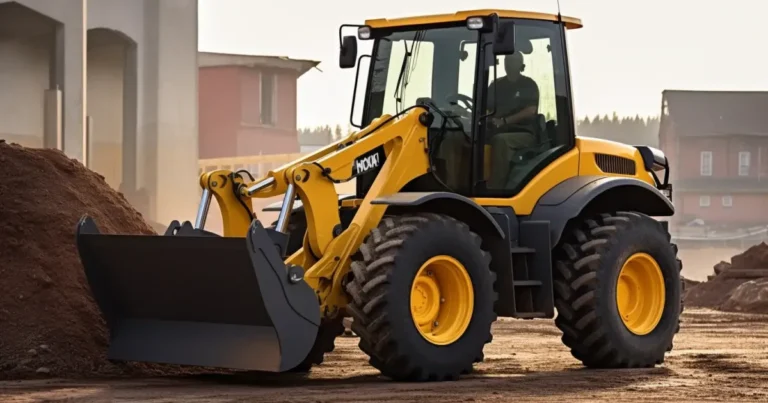Construction sites are bustling hubs of activity, where various heavy machinery and equipment work tirelessly to bring architectural visions to life. While these sites represent progress and development, they also pose significant safety risks. It’s crucial to prioritize safety near construction equipment to prevent accidents and protect both workers and the public. In this article, we’ll delve into essential guidelines to ensure safety in construction zones.
Stay Informed and Educated
One of the most effective ways to enhance safety around construction equipment is by staying informed about the site’s layout, machinery operation, and potential hazards. Workers and visitors should undergo comprehensive safety training before entering the construction area. This training should cover proper equipment operation, communication protocols, and emergency procedures.
Wear Appropriate Personal Protective Equipment (PPE)
Personal Protective Equipment (PPE) is a must when working around construction equipment. Hard hats, high-visibility vests, steel-toed boots, gloves, and safety goggles shield individuals from potential falling debris, moving machinery, and dust. Adhering to PPE guidelines significantly reduces the risk of injuries.
Maintain a Safe Distance
Maintaining a safe distance from operating construction equipment is critical. Machinery operators might have limited visibility, and sudden movements can lead to accidents. A general rule of thumb is to stay at least a minimum distance away from equipment – this distance can be determined by site management based on the specific equipment being used.
Follow Marked Walkways and Signage
Construction sites usually have designated walkways for pedestrian traffic. These areas are designed to keep individuals safely separated from heavy machinery. Always stick to marked walkways and follow directional signage to avoid accidental encounters with operating equipment.
Effective Communication
Communication is key to preventing accidents on construction sites. Workers should be trained in using hand signals, two-way radios, and other communication tools to effectively interact with equipment operators. Clear communication ensures that equipment operators are aware of their surroundings and any potential obstacles.
Be Aware of Blind Spots
Every piece of construction equipment has blind spots – areas where the operator’s visibility is compromised. It’s essential for both workers and visitors to be aware of these blind spots and avoid standing or walking in them. This precaution significantly reduces the likelihood of accidents caused by limited operator visibility.
Regular Equipment Maintenance
Well-maintained equipment is less likely to malfunction and cause accidents. Construction companies should adhere to strict maintenance schedules for all machinery. Regular inspections and timely repairs help identify and rectify potential safety hazards.
Adverse Weather Precautions
Weather conditions can greatly impact construction equipment’s operation and safety. Rain, snow, or icy conditions can make surfaces slippery and impede machinery movement. Site management should have protocols in place for adverse weather, including suspending operations when conditions pose a significant risk.
Proper Loading and Unloading
Loading and unloading construction equipment onto trailers or trucks require careful planning and execution. Improper loading can lead to equipment falling off or shifting during transport, causing accidents on the site or the road. Trained personnel should handle loading and unloading procedures meticulously to ensure everyone’s safety.
Emergency Response Preparedness
Despite all precautions, accidents might still occur. Being prepared for emergencies is crucial. Construction sites should have well-defined emergency response plans that include evacuation routes, first aid stations, and procedures for contacting emergency services.
Construction sites are dynamic environments that demand vigilance and adherence to safety protocols. Prioritizing safety around construction equipment safeguards workers, visitors, and the overall progress of the project. By staying informed, wearing appropriate PPE, maintaining safe distances, and fostering effective communication, we can ensure that construction sites remain spaces of progress without compromising on safety. Following these guidelines creates a secure environment where everyone can contribute to the realization of architectural marvels without unnecessary risks.







